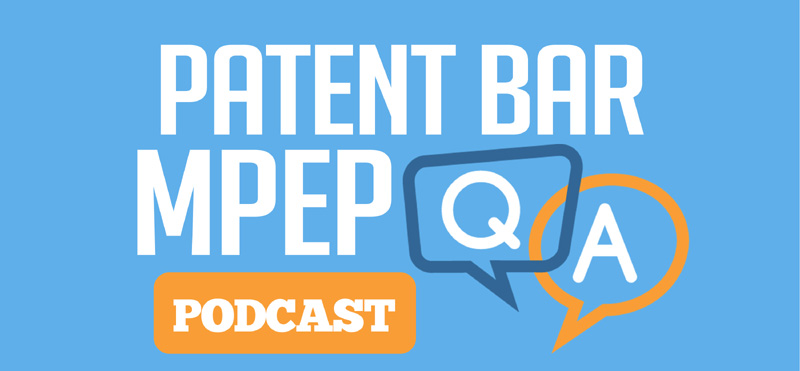
Podcast: Play in new window | Download
Subscribe: Apple Podcasts | RSS
Question:
What should a motion to exclude evidence include?
Answer:
A motion to exclude evidence should:
- (a) Identify where in the record the objection originally was made;
- (b) Identify where in the record the evidence sought to be excluded was relied upon by an opponent;
- (c) Address objections to exhibits in numerical order; and
- (d) Explain the basis and grounds for each objection. A motion to exclude must explain why the evidence is not admissible (e.g., relevance or hearsay) but may not be used to challenge the sufficiency of the evidence to prove a particular fact. A motion to exclude is not a vehicle for addressing the weight to be given evidence—arguments regarding weight should appear only in the merits documents. Nor should a motion to exclude address arguments or evidence that a party believes exceeds the proper scope of reply or sur-reply.
Chapter Details:
This question comes from the following supplement “Patent Trial and Appeal Board Consolidated Trial Practice Guide November 2019”. This is a special supplement that at the time of this recording is currently being tested on the Patent Bar exam. Depending on future changes to the supplement and the MPEP, the question and answer may not be applicable.
Section Summary:
This question comes from the following supplement: “Patent Trial and Appeal Board Consolidated Trial Practice Guide November 2019”. The following is a brief summary of the appropriate section in the supplement.
K. Challenging Admissibility; Motions to Exclude; Motions to Strike
Parties can challenge the admissibility of deposition evidence during the deposition itself, or for other evidence, objections must be filed within five business days of service of the evidence. To preserve objections, a motion to exclude the evidence must be filed, with due dates usually set in the Scheduling Order.
If a party believes an opposing party’s brief raises new issues, presents late evidence, or exceeds the proper scope of reply or sur-reply, they may request authorization to file a motion to strike. Generally, such requests should be made within one week of the allegedly improper submission, and the Board decides on these requests on a case-by-case basis.
